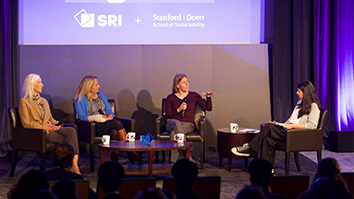Citation
Poynton, C. B., Jenkinson, M., Adalsteinsson, E., Sullivan, E. V., Pfefferbaum, A., & Wells, W., III. (2015). Quantitative susceptibility mapping by inversion of a perturbation field model: correlation with brain iron in normal aging. IEEE Transactions on Medical Imaging, 34(1), 339-353.
Abstract
There is increasing evidence that iron deposition occurs in specific regions of the brain in normal aging and neurodegenerative disorders such as Parkinson’s, Huntington’s, and Alzheimer’s disease. Iron deposition changes the magnetic susceptibility of tissue, which alters the MR signal phase, and allows estimation of susceptibility differences using quantitative susceptibility mapping (QSM). We present a method for quantifying susceptibility by inversion of a perturbation model, or “QSIP.” The perturbation model relates phase to susceptibility using a kernel calculated in the spatial domain, in contrast to previous Fourier-based techniques. A tissue/air susceptibility atlas is used to estimate B0 inhomogeneity. QSIP estimates in young and elderly subjects are compared to postmortem iron estimates, maps of the Field-Dependent Relaxation Rate Increase, and the L1-QSM method. Results for both groups showed excellent agreement with published postmortem data and in vivo FDRI: statistically significant Spearman correlations ranging from Rho=0.905 to Rho=1.00 were obtained. QSIP also showed improvement over FDRI and L1-QSM: reduced variance in susceptibility estimates and statistically significant group differences were detected in striatal and brainstem nuclei, consistent with age-dependent iron accumulation in these regions.


